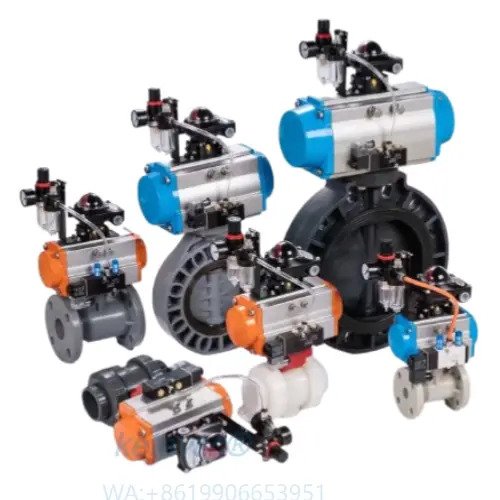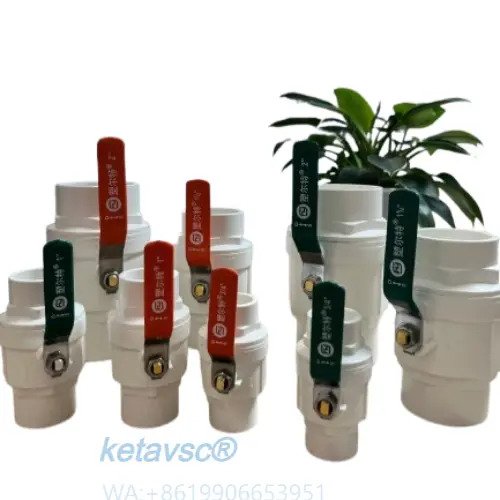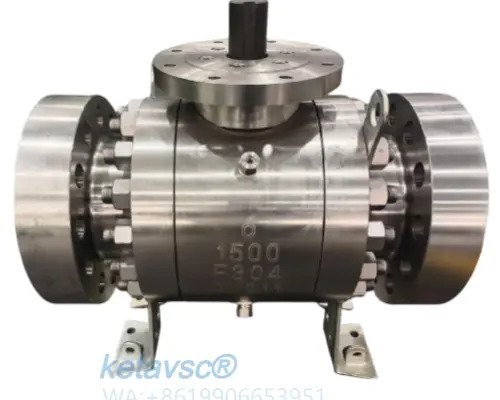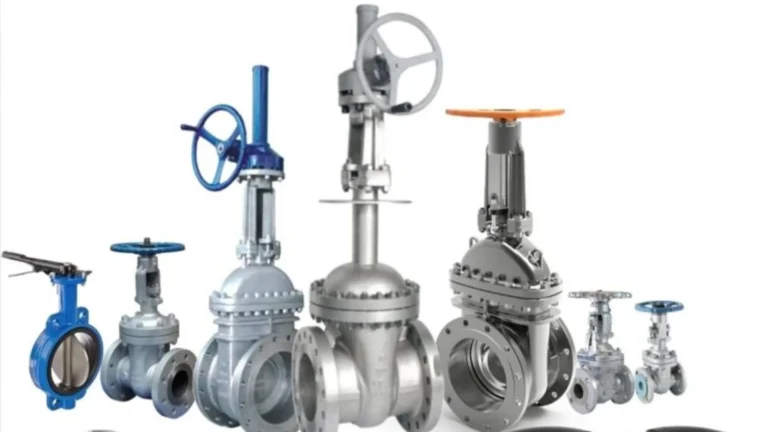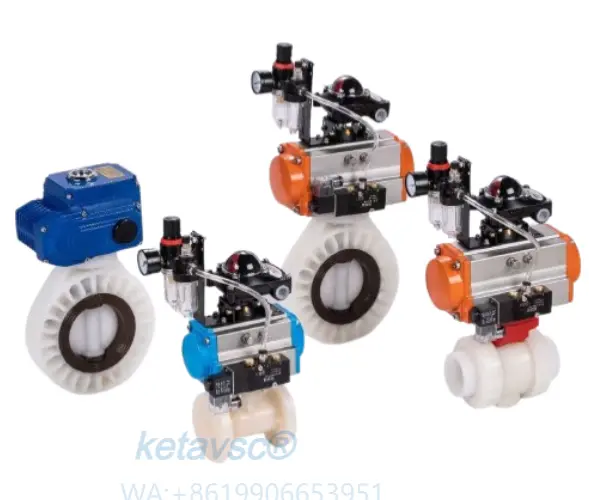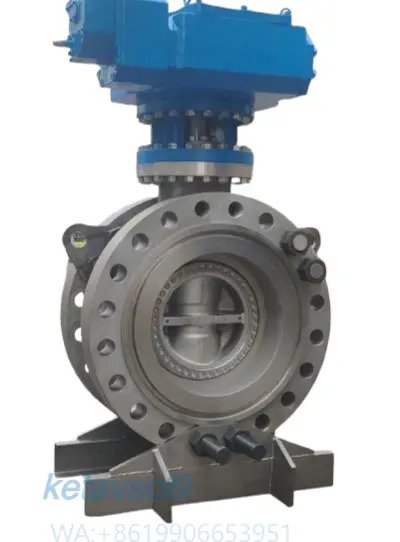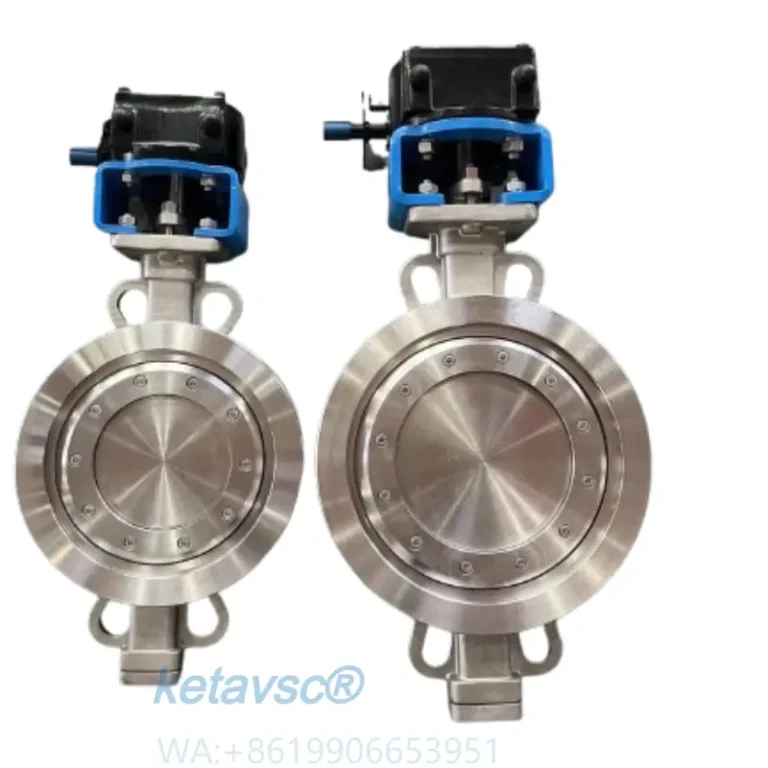what’s material plastic valve is the best ?
what’s material plastic valve is the best ?
With the increasing proportion of plastic pipes in cold and hot water supply and industrial pipeline engineering applications, the quality control of plastic valves in plastic pipeline systems is becoming more and more important.
Due to the advantages of plastic valves, such as light weight, corrosion resistance, non-adsorption of scale, integrated connection with plastic pipelines and long service life, plastic valves have advantages in the application of water supply (especially hot water and heating) and other industrial fluids in the plastic pipeline system, which is not comparable to other valves. In the domestic production and application of plastic valves, there is no reliable method to control it, resulting in uneven quality of plastic valves for water supply and other industrial fluids, resulting in lax closure and serious leakage in engineering applications, forming a plastic valve can not be used, affecting the overall development of plastic pipeline applications. China’s national standard for plastic valves is in the process of development, and its product standards and method standards are formulated according to international standards.
The main types of plastic valve in the world are ball valves, butterfly valves, check valves, diaphragm valves, gate valves and globe valves, etc., mainly in the form of two-way, three-way and multi-way valves, raw materials are mainly ABS, PVC-U, PVC-C, PPH, PB, PE, FRPP and PVDF.
In the international standard of plastic valve products, first of all, the raw materials used in the production of valves are required, and the manufacturers of raw materials must have a creep failure curve that meets the standard of plastic pipe products; At the same time, the sealing test of plastic valve, valve body test, long-term performance test of the whole valve, fatigue strength test and operating torque are specified, and the design service life of plastic valve used for industrial fluid transport is 25 years
According to Xiaobian recently, many dealers of small white and plastic valves in the industry are confused by the plastic valves of various materials on the market. PVC/UPVC/CPVC/PP/PVDF valve
What are the advantages and disadvantages of the valve made of plastic?
How to choose the most suitable plastic valve for the working environment?
First, we need to figure out what the physical properties of these materials are
Today, let’s talk about PVC ▏PP ▏PVDF those things!
PVC (polyvinyl chloride)
Basic features of plastic valve :
Polyvinyl chloride is the synthesis of vinyl chloride by acetylene gas and hydrogen chloride, and then polymerized. It has high mechanical strength and good corrosion resistance. It is one of the world’s largest production of plastic products, cheap, widely used, polyvinyl chloride resin in white or light yellow powder. The density of pure PVC is 1.4g/cm3, and the density of PVC plastic parts with plasticizers and fillers is generally 1.15-2.00g/cm3. PVC has good electrical insulation properties, can be used as low-frequency insulation materials, its chemical stability is good. Due to the poor thermal stability of PVC, long-term heating will lead to decomposition, release HCL gas, make PVC discoloration, so its application range is narrow, the use of temperature is generally (-15~55 degrees) (-15~55 degrees) (-15~55 degrees) important things to say 3 times!!
1) UPVC
The difference between UPVC and PVC is that UPVC is unplasticized and its strength is relatively high;
2) CPVC
CPVC resin is a new type of engineering plastic, which is made by chlorination modification of PVC resin.
After the chlorination of PVC resin, the irregularity of molecular bonds increases, the polarity increases, the solubility of the resin increases, the chemical stability increases, thus improving the heat resistance of the material, the corrosion resistance of acid, alkali, salt, oxidizer, etc. The mechanical properties of the numerical thermal deformation temperature are improved, and the maximum use temperature can reach 110 ℃, and the long-term use temperature is 95 ℃.
, PP (polypropylene)
Basic features of plastic valve :
Polypropylene is a non-toxic, odorless, tasteless milky white highly crystalline polymer with a density of only 0.90 –” 0.91g /cm3, which is one of the lightest varieties of all plastics at present. Heat resistance is better than low pressure polyethylene, can be used at about 100 degrees. It has good electrical properties and high frequency insulation and is not affected by humidity, but becomes brittle at low temperature, is not wear-resistant, and is easy to age. Suitable for making general mechanical parts, corrosion-resistant parts and insulating parts. Common acid and alkali organic solvents have almost no effect on it, and can be used in food utensils.
Polypropylene (PP) is divided into: Homopolymer polypropylene (PP-H)
Random copolymer polypropylene (PP-R)
Impact resistant copolymer polypropylene (PP-B)
1. Homopolymer Polypropylene (PP-H)
It is polymerized from a single propylene monomer, and the molecular chain does not contain ethylene monomer, so the regularity of the molecular chain is high, so the crystallinity of the material is high and the impact performance is poor.
Advantages: Good strength
Disadvantages: poor impact resistance (more brittle), poor toughness, poor dimensional stability, easy aging, poor long-term heat stability
Identification method: A fire to open the wire is flat, pull not long
2. Random Copolymer polypropylene (PP-R)
It is obtained by copolymerization of propylene monomer and a small amount of ethylene monomer (1-4%) under heating, pressure and catalyst, and the ethylene monomer is randomly distributed in the long chain of propylene. The random addition of ethylene reduces the crystallinity and melting point of the polymer, improves the impact of the material, the long-term resistance to hydrostatic pressure, the long-term heat resistance to oxygen aging and the properties of pipe processing and forming. PP-R molecular chain structure, ethylene monomer content and other indexes have a direct effect on the long-term thermal stability, mechanical properties and processing properties of the material. The more random the distribution of ethylene monomer in the propylene molecular chain, the more significant the change of polypropylene properties.
Advantages: Good overall performance, high strength, high rigidity, good heat resistance, good dimensional stability, excellent low temperature toughness (good deflection), good transparency, good gloss
Disadvantages: The best performance in PP
Identification: No black after lighting, can pull out a very long round silk
3. Impact resistant copolymer polypropylene (PP-B)
Ethylene content is high, generally 7 ~ 15%, but because the probability of two ethylene monomers and three monomers connecting together in PP-B is very high, it indicates that the ethylene monomer only exists in the block phase, and the regularity of PP-H is not reduced. Therefore, the purpose of improving PP-H melting point, long-term resistance to hydrostatic pressure, long-term heat resistance to oxygen aging and pipe processing and forming can not be achieved.
Advantages: better impact resistance, a certain degree of rigidity and improve the impact strength
Disadvantages: low transparency, low gloss
Identification: No black after lighting, can pull out a very long round silk
PVDF (polyvinylidene fluoride)
Basic features:
PVDF polyvinylidene fluoride, the appearance is translucent or white powder or particles, the molecular chains are closely arranged, and there is a strong hydrogen bond, the oxygen index is 46%, non-flammable, the crystallinity is 65%~78%, The density is 1.77~1.80g/cm3, the melting point is 172℃, the thermal deformation temperature is 112~145℃, and the long-term use temperature is -40~150℃. PVDF is a kind of high-strength corrosion-resistant substance,PVDF not only has strong wear resistance and impact resistance. Moreover, it has high fading resistance and UV resistance in extremely harsh and harsh environments. PVDF is the second largest fluoroplastic production, the global annual production capacity of more than 53,000 tons, the price is expensive, commonly known as the soft gold of the plastic industry!
After reading these, we do not have a framework understanding of these materials, but we still do not know how to choose the right plastic valve.
When choosing a plastic valve, ask these questions first
1) What kind of media is circulating in the plastic valve?
2) What is the medium temperature?
3) Is the medium corrosive? What’s the PH?
UPVC valve can flow -15-55℃ medium
PP-H valve can circulate medium not higher than 100℃
CPVC valve can flow -15-110℃ medium
PVDF valve can flow -40-150℃ medium
The above valves have a certain degree of acid and alkali resistance. Acid and alkali resistance is from strong to weak
UPVC < PP-H < CPVC < PVDF

